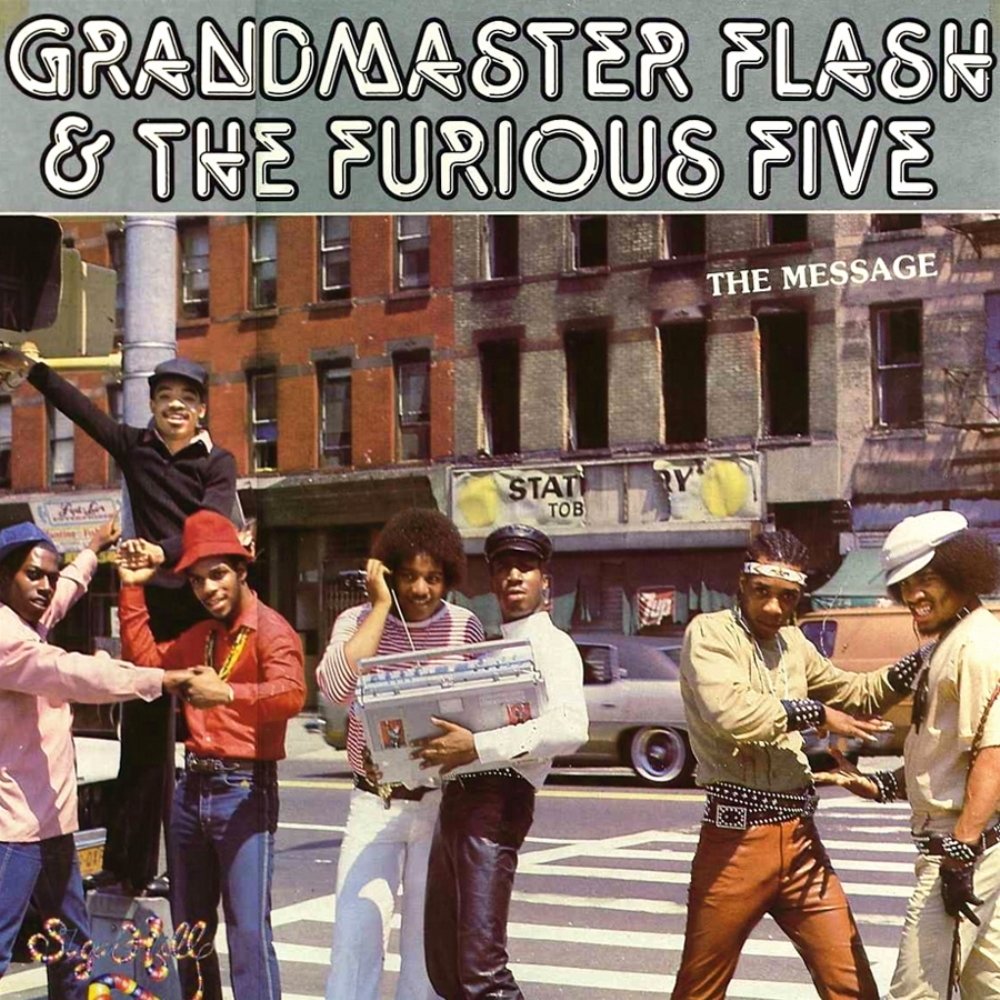Source: gothamcenter.org “The Streets Are Still a Part of Bronx Hip Hop”
In the 60s and 70s, there was a significant drop in blue-collar jobs as industrialization grew and workers were steadily replaced by mechanization and outsourcing (Healey 88). There was a demand for service (white-collar) workers but those jobs required a high school and/or college education — something most poor minorities lacked at the time. There were few job opportunities and neighborhoods became increasingly impoverished.

A graph from Diversity and Society (Healey and Stepnick pg.89)
The rise of industrialization called for urban renewal in big cities, such as New York and Los Angeles. Projects like highway construction directly cut through low-income, minority neighborhoods (Kajikawa 88). The demolition of buildings forced minorities to abruptly relocate and cut those communities off from the rest of the city. This isolation, coupled with “white flight” and the abandonment of public services left the communities with little to no resources and job opportunities.
With nowhere left to turn, many Black and Latinx people in these communities looked to illegal sources of income, typically drug-dealing. Drug-related crimes resulted in gang-violence and an overwhelming increase in drug-abuse. The use of cocaine in the 70s and 80s was prominent in all communities across the country — white and Black, rich and poor — but the distribution of the drug was treated differently across those lines. In the poor, predominantly Black neighborhoods, dealers sold crack cocaine, a lower quality version of pure cocaine, because it was more affordable (Klatskin 35). In 1986, a drug abuse act was passed that punished crack-related offenses 100 times more severely than cocaine offenses.
Law enforcement cracked down on these poor communities. Racial profiling and police brutality created a hostile, fearful, and isolating environment. The government and media painted Black communities as being dangerous, soulless war zones (Lusane 40). But a culture was being created that went against that bleak narrative.
Rap music originated in The Bronx, New York, during the 1970s as a form of artistic and cultural expression for black youth. In Morgan Klatskin’s article, “Reclaiming the Black Personhood” Klatskin cites political consciousness, Afrocentrism, and Black liberation as themes used in traditional Hip-Hop to redefine the Black narrative portrayed in the media.
One of the earliest examples of rap as we know it is the Harlem-based group The Last Poets, who recited poetry about the effects of institutionalized racism with the accompaniment of music (Powell 246). The practice progressed with the influence of disc jockeys (DJs) who mixed disco and funk records together and extended the breaks, or the parts of the songs where the drums took over. Rappers interacted with the DJs’ sounds, speaking rhythmically along to the beats. There were no legitimate arts or community centers for Black youth in the Bronx, so DJs and MCs created their own outdoor spaces where breakdancers, graffiti artists, and other performers came together to show off their skills, drawing in an audience and forming their own cultural community (Rose 346).
“Disco rap,” live recorded rap music made for dancing and partying, was popular in the early days of Hip Hop but as DJs got into recording studios and were able to record musicians and use sampling technology, they had more freedom to invoke feelings and create atmospheres with their music.
 source: Genius.com “The Message” Lyrics
source: Genius.com “The Message” Lyrics
“The Message,” a song released in 1982 by Grandmaster Flash and the Furious Five, was one of the first examples of rap being used to illustrate life in the Black community (Kajikawa 58). The lyrics discussed the harsh reality of living in an inner-city neighborhood and the fear and frustrations that came with it. The ascending and descending distorted synth line gave the song an eerie tone and the sound effects of broken glass and police sirens reflected what would be heard in that environment.
“The Message” gave way to what Klatskin refers to as the “Golden Age of Rap,” rap from the early 80s to mid-90s that centered around racial injustice (Klatskin 38). The song not only influenced the rise of politically conscious rap, but it set the tone for how rappers and producers could use their music to create a Black sound and narrative.
